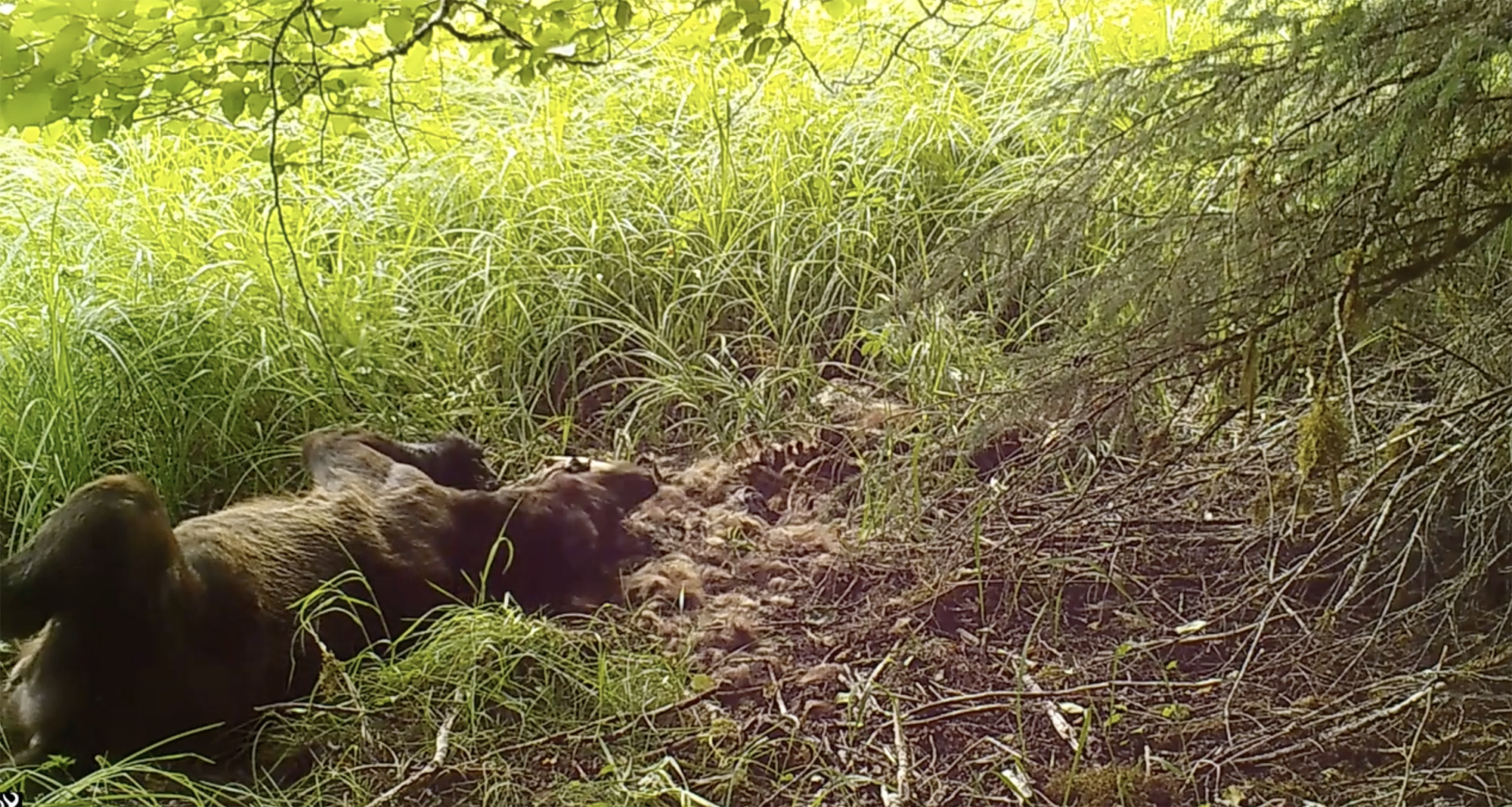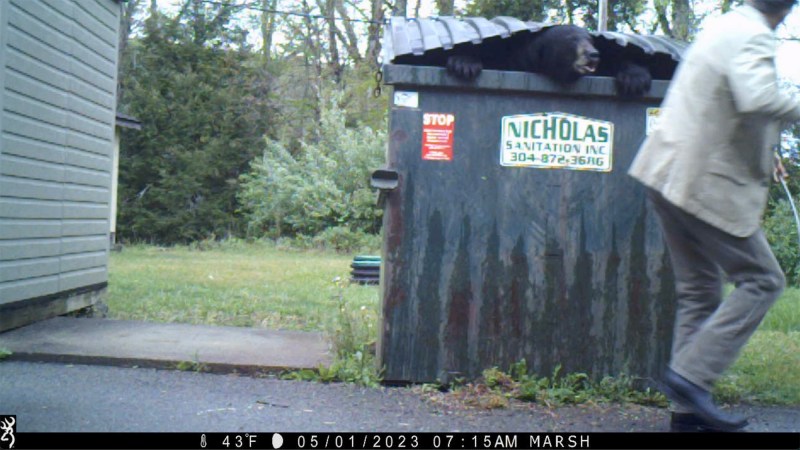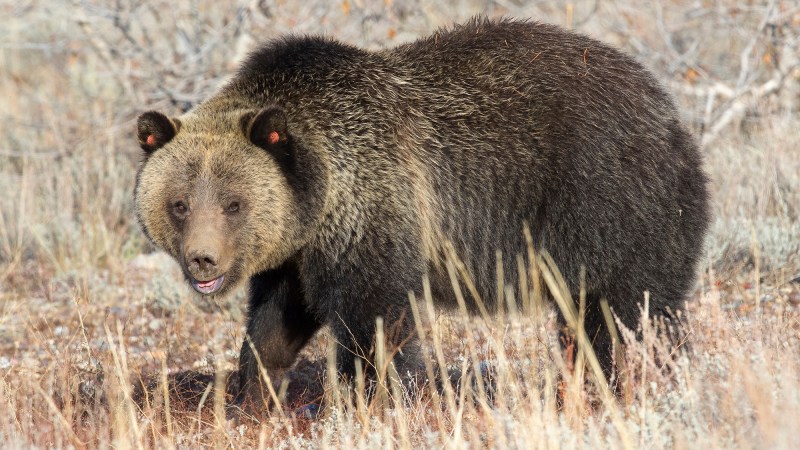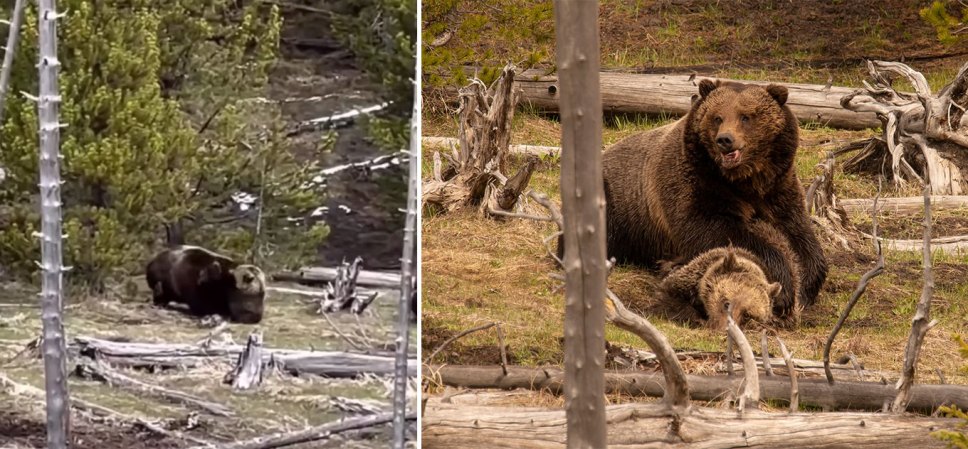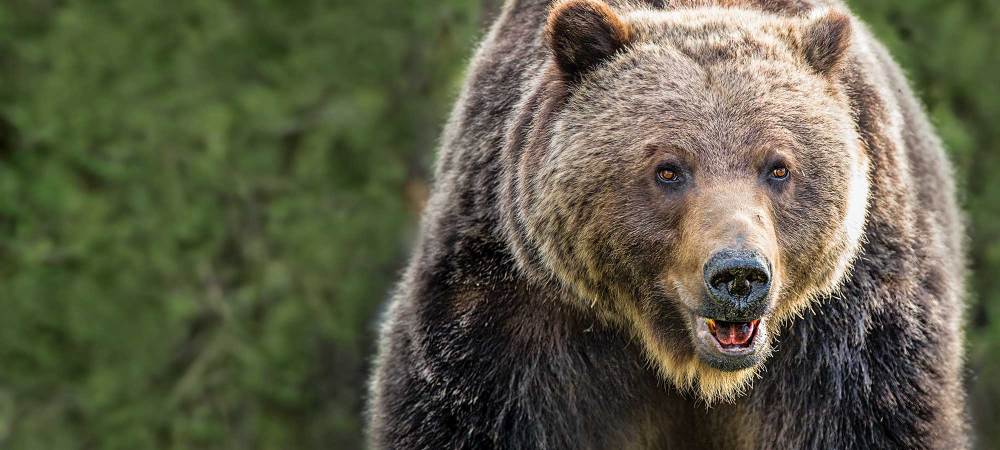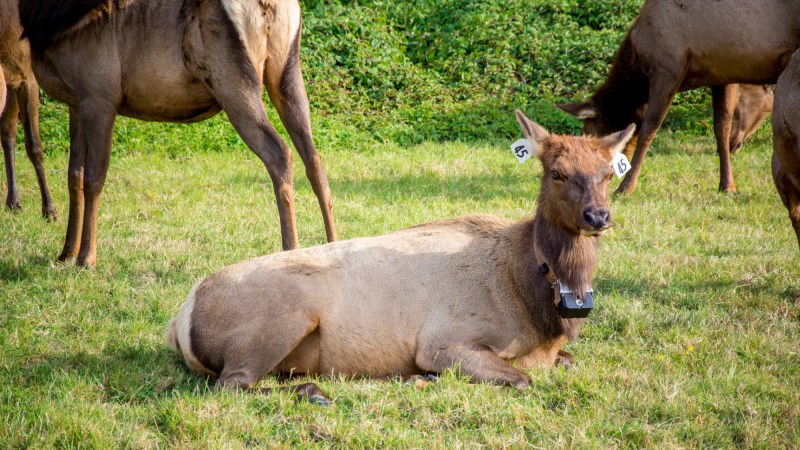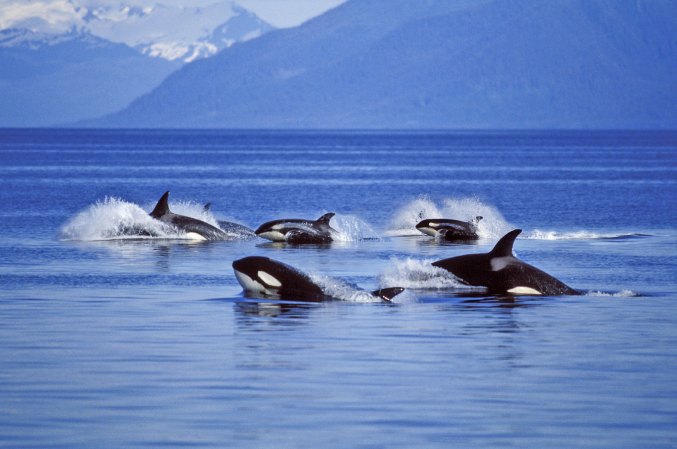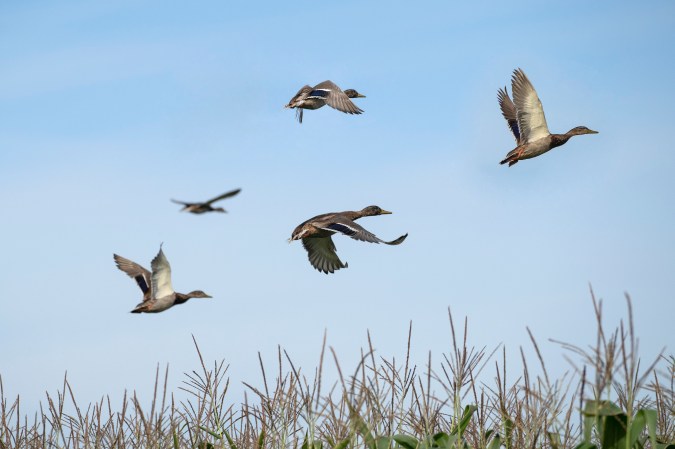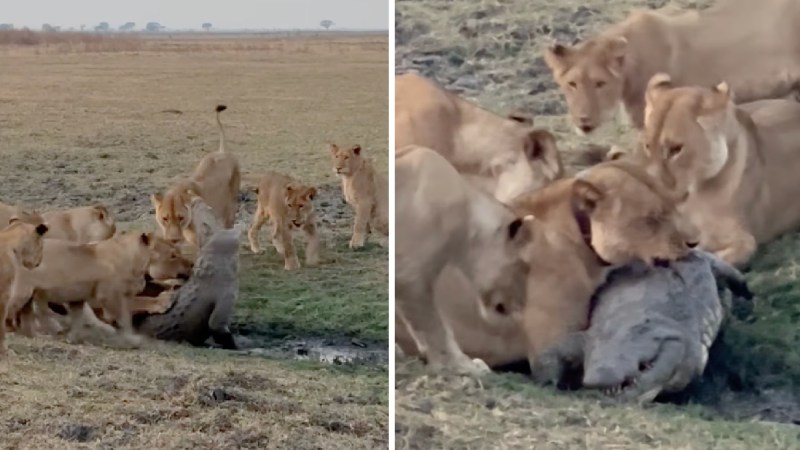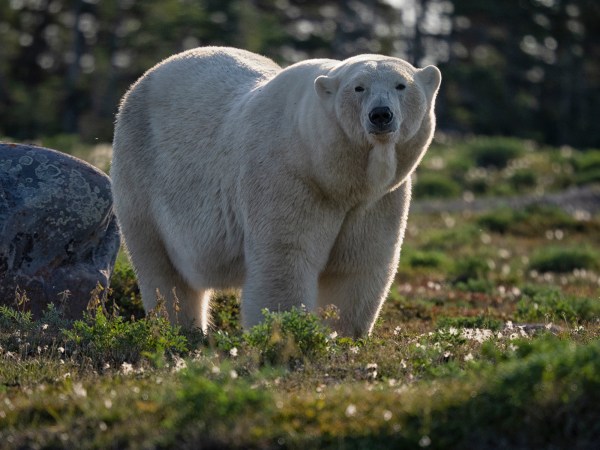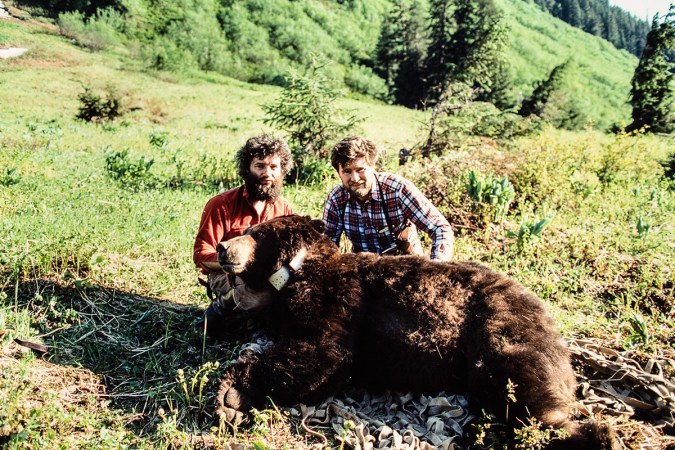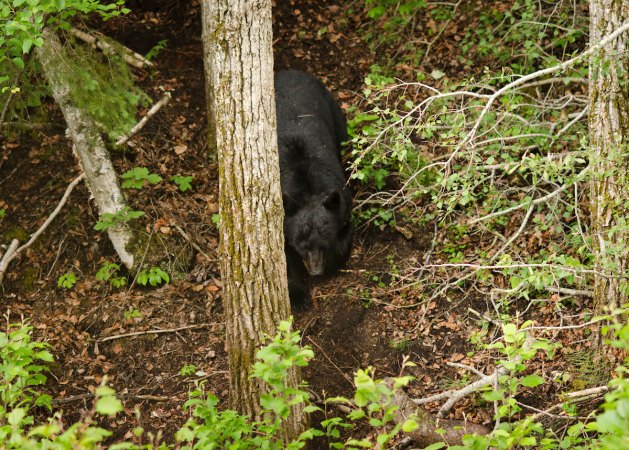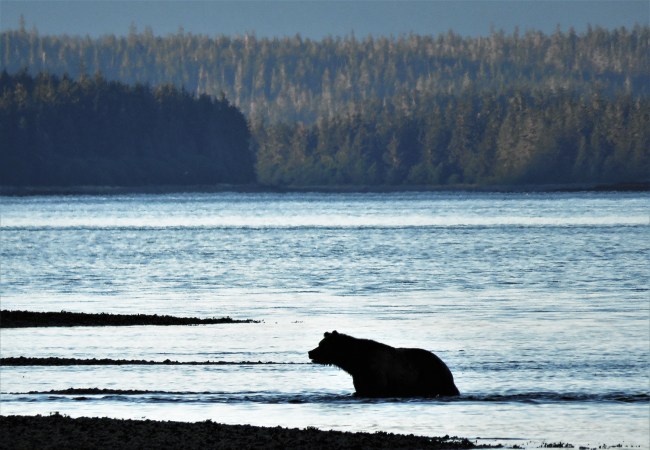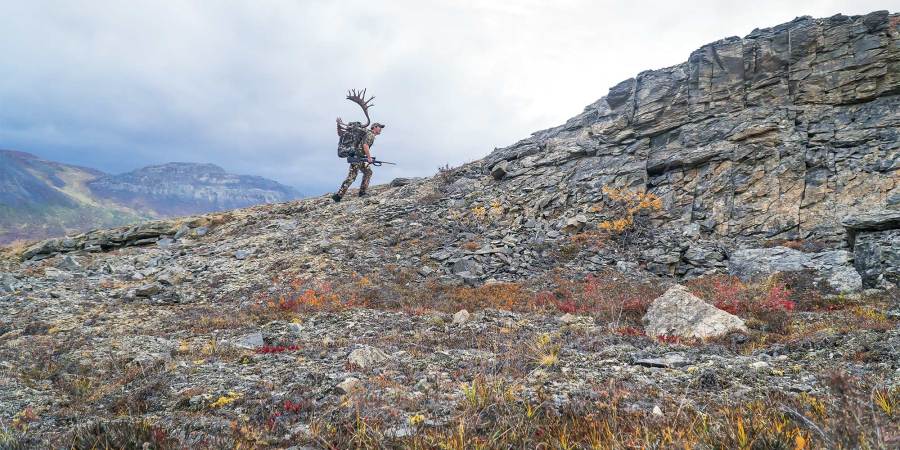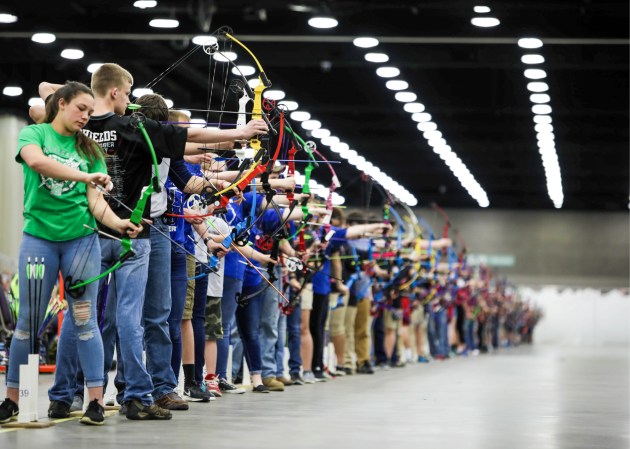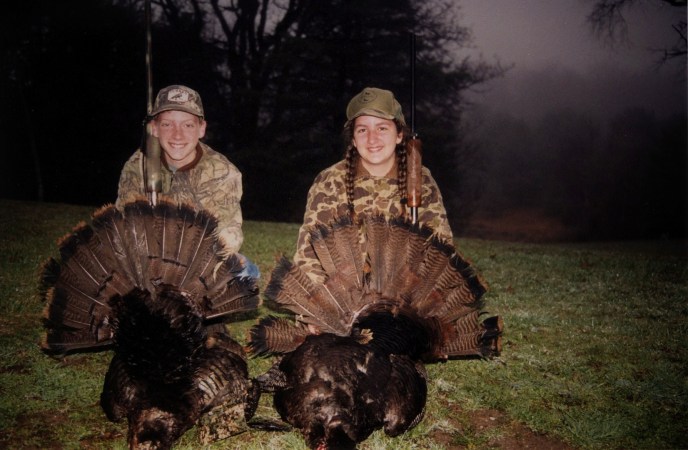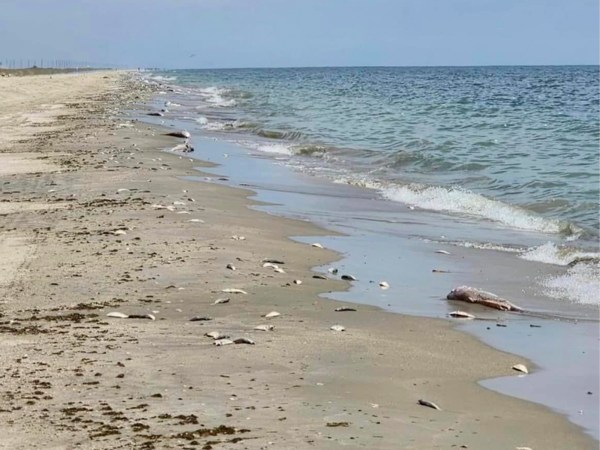One evening in May 2022, near the peak of brown bear mating season, I was sitting in an estuary on Admiralty Island in Southeast Alaska when I witnessed an interesting encounter. A gold-colored boar emerged from the woods, trailed by a dark sow. Females don’t usually pursue males, although I have seen it happen occasionally with young, more passive boars. The gold-colored boar, who I guessed to be around 10 years old, fit this set of criteria.
The two came within 100 yards of me and began affectionately wrestling before lying down. They were so enamored of each other that they didn’t even look up when, a half-hour later, a different large boar that I had a close exchange with charged across the meadow.
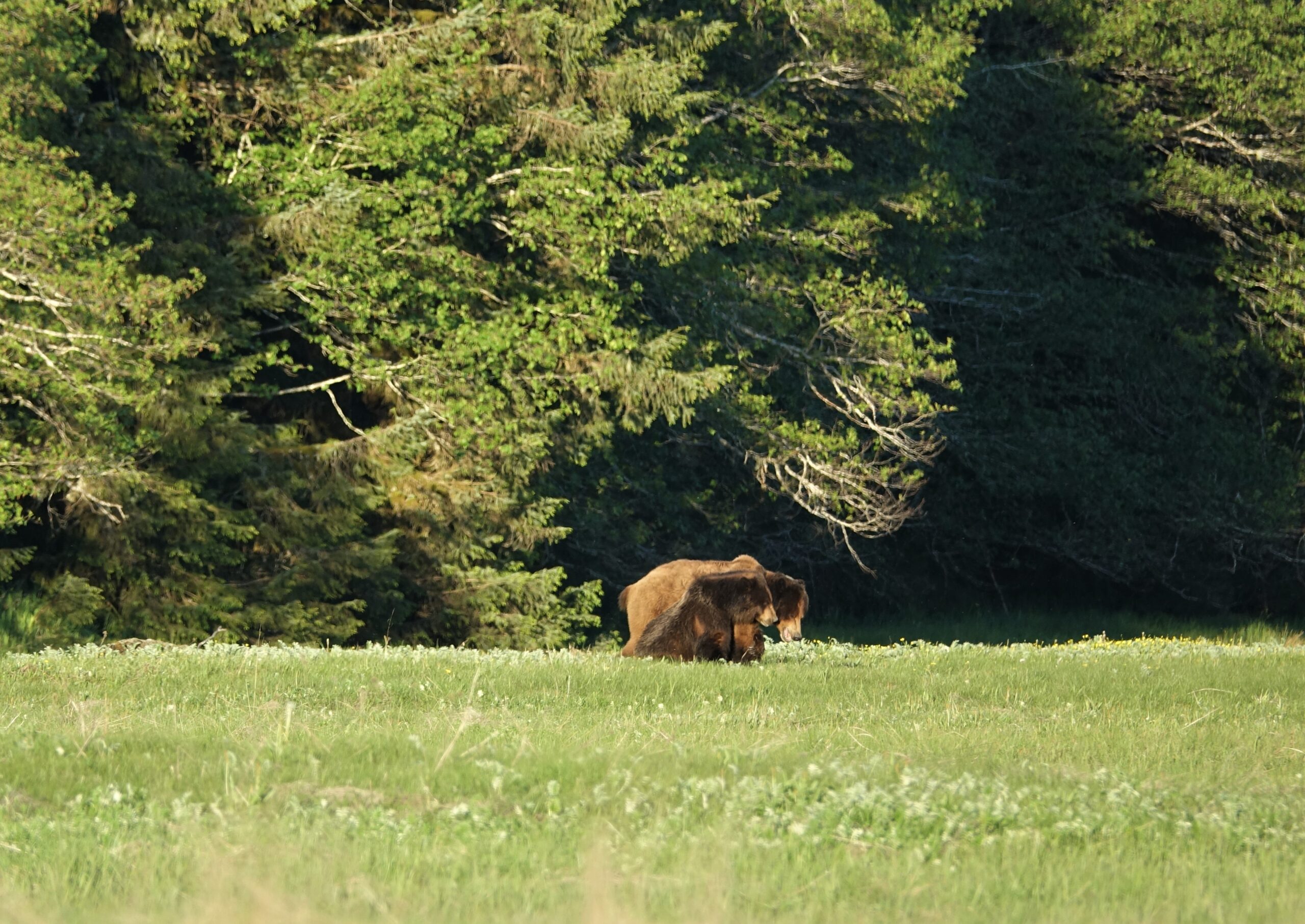
But when a roar came from the nearby forest, the gold-colored boar and dark sow rose to all fours and began huffing and clacking their jaws. A bony, saddleback male, frothing at the mouth, erupted from the brush. The young boar fled alone while the sow ran in circles, crashing through the woods, trying to evade this new boar. She appeared to escape and things quieted down for a short while. But then a branch snapped in the woods not far from where I was sitting, and the bony boar roared. He continued roaring for the next few hours as the sun slowly dipped behind the horizon.
The roars still filled the meadow when I finally shouldered my backpack and began the half-mile walk back to my tent. I was in Southeast Alaska to help scout a good spot for a new bear-viewing area that local guides could bring tour groups to. I grew up around bears and have made most of my income over the last 13 years guiding people who wanted to see them. I have guided film crews through bear country and done consultation work. I’ve had encounters with every kind of bear imaginable: sick bears, scary bears, even predatory bears. But I’ve never heard one roar continuously for hours on end. I listened to him deep into the night until I finally fell asleep.
A Dead Bear Mystery
A year later, I was walking a bear trail through the woods along the edge of the same meadow with three young Tlingit men from a nearby village who were learning about working with bears. Bear viewing has become one of the biggest tourism draws in the state, but the limited bear-viewing areas in Southeast Alaska haven’t been able to meet the demand. The new bear-viewing area would provide good-paying ecotourism jobs for rural Southeast Alaskans.
The three men and I set up camera traps around the meadow. We looked at rubbing trees, digs, and the prolific number of nearby bear beds. The wind was on our backs—the best bear deterrent I know of—but we walked slow and made noise every time we approached a blind corner anyway. The smell of rotten flesh hit me the same moment I saw the carcass—a bear carcass. I chambered a slug in my 12 gauge and told the men to stay behind me and not move. If another bear was eating or guarding the carcass, the odds of it attacking were higher than I liked.
“We’re sorry, bear. We don’t want any trouble,” I spoke loud but gently.
We waited a few minutes before leaving the woods. The quickest route was near the carcass, which lay at the edge of the meadow. The young men were rightfully nervous and humbled.
“What could kill something that big?” one asked.
At first I wondered if someone shot the bear and left it. The ground was torn up and turned to mud, which indicated a strong possibility of a fight. Both eye sockets were broken. In my experience, eagles, scavengers, and even other bears will reduce a dead bear in Southeast Alaska to hide and bones within a few days—whether it was killed by a hunter or a competing boar. My guess was that the latter had happened, likely a week or two prior.
The skull, backbone and paws were the size of an average adult boar. The teeth were undamaged and white, indicating the animal was still young and not much of a fighter. I kicked over a section of hide. It was dark around the head and neck, but the fur on the body was a familiar reddish-gold color. I fastened a camera trap on the trunk of a nearby alder and we left.
While exploring other areas over the several days that followed, I kept thinking about the dead bear. The carcass lay within 50 yards of where I first saw that gold-colored boar the year prior. The coloration, size, and age all lined up. There was a decent possibility it was a different bear, since Admiralty Island is well known for its dense brown bear population.
Five days later, I returned alone to have a better look at the bear’s remains and do some trail camera maintenance. I watched the area for several minutes after yelling a few times. The carcass had been rearranged and my camera had twisted 180 degrees, evidence that at least one bear had visited in my absence. I was picking through the remains when a loud groan made me jump. It was just a tree in the wind, but it was enough to encourage me to leave. I hiked out to check other cameras, realizing that I stunk worse than normal. Later, when I reviewed the footage, I discovered why. Multiple boars had marked the pile of muck I had been kneeling in a pile with copious amounts of urine.
The Spooky Boar

That August, I collected my trail cameras. Bear activity around the carcass lessened after my second visit. Four different boars visited it in the first few days. None of them were the bony, loud male from the year before. Eagles had nearly picked the carcass clean by mid-June.
But on July 12, a big, bony boar with a distended belly appeared on camera. He sniffed and drooled over the remains before lying down and vigorously rolling atop them. He looked like the spooky boar from the year prior. It was odd to see him looking content and at peace. I felt like a voyeur watching him.
He was the only adult bear to roll on the remains. Two tiny spring cubs also indulged, but their mother huffed at them from outside the video frame the whole time. I’m not saying that’s enough evidence to label the bony boar as the killer, but it’s enough to make me wonder.
Read Next: Famous Bull Moose Killed in Fight with Even Bigger Bull
I had set up five cameras in the meadow. Two were destroyed by moisture, but the other three offered some indication of the different bears using the area. The gold-colored boar was nowhere to be seen.
Bears are creatures of habit. I know this because I’ve seen the same bears annually for 15 years in some watersheds. Sure, some young males move quite a bit. In fact, biologist John Schoen and bear man LaVern Beier found that the average range for a boar on Admiralty Island is 66 square miles. There’s a chance the gold-color boar was making his living somewhere else that season.
But I don’t think that’s the case.
Bjorn Dihle is a lifelong Alaskan. His most recent book is A Shape in the Dark: Living and Dying with Brown Bears.
